 At the beginning of the year, I had a gave myself a goal. I am a stunt performer in the Vancouver film industry. I have been performing for years but have struggled to have a major breakthrough as a performer. I was getting calls, but found myself missing opportunities because my sizes were just a little bigger than they needed. I was not even close to overweight, but I sometimes wasn’t slim enough to double for actresses in my height range. I had had enough. I didn’t want to lose work for that reason any more, but did recognize that there was a little room for me to be leaner than I was and still be a healthy weight for my size. I decided that I would achieve this but give myself a couple of months so I could do so gradually and safely, not a super unhealthy, 10-day starvation stint just to land a job, which does happen in our industry on occasion.
At the beginning of the year, I had a gave myself a goal. I am a stunt performer in the Vancouver film industry. I have been performing for years but have struggled to have a major breakthrough as a performer. I was getting calls, but found myself missing opportunities because my sizes were just a little bigger than they needed. I was not even close to overweight, but I sometimes wasn’t slim enough to double for actresses in my height range. I had had enough. I didn’t want to lose work for that reason any more, but did recognize that there was a little room for me to be leaner than I was and still be a healthy weight for my size. I decided that I would achieve this but give myself a couple of months so I could do so gradually and safely, not a super unhealthy, 10-day starvation stint just to land a job, which does happen in our industry on occasion.
But First... Fasting!
I actually didn’t start off using the keto diet as my first strategy, though I had already reduced my carb intake to 20-25%, minimizing refined carbs and sugars from my diet, while reducing my calorie intake. It hadn’t made much of a change to my body composition, so I was open to new strategies. My first major change was to try intermittent fasting. I had done some research online and stumbled across this concept. I had heard the advice to avoid eating after 7:30pm, but the idea of intermittent fasting was new to me. The first version I came across was the Lean gains diet, with a fasting window of 16 hours and an eating window of 8. This seemed huge to me, so I decided to start smaller; 14 and 10. After doing this for a couple of days, it got easier, so I increased it to 16-8. After a week, I had dropped a couple of pounds, likely water weight, but I definitely looked less bloated. This was the early effects of being in ketosis induced by fasting.
Enter the Keto Diet
A friend of mine mentioned she was doing both intermittent fasting in conjunction with the keto diet. My first impression of the ketogenic diet was that it seemed extreme. How can one fit so much fat and eliminate so much carbs? So much of the North American diet was around carbs. I dismissed it at the time but kept increasing my fasting window until I was comfortable with a 20-4 schedule. I found that while I was fasting I was energetic and mentally sharp but once I ate, I felt super sluggish. From what I read about the keto diet, I could maintain my physical sharpness and mental clarity by staying in ketosis nutritionally. I was already sold on the benefits of ketosis, so I decided it was worth making the effort to be able to have that energetic state all the time.
Early Days on Keto
I didn’t suffer keto flu symptoms like many others do, probably because I was already acclimatized as an intermittent faster. The hard part for me was changing my patterns, learning what to swap out and what foods to eat more of. Fortunately there is a wealth of information on the Internet to help get started. It’s not like what many imagine, focusing on fatty meats and cheeses a la Atkins. A lot more emphasis is on healthier fat sources like avocados, fatty fish (i.e. salmon, mackerel, sardines, etc,) low carb nuts and seeds, olive oil, butter, and so forth. I am a bit of a cheese fiend too, and it doesn’t seem to have any negative effects on my body, so I had no issue increasing my cheese intake as part of my keto eating strategy. After several weeks, I got the hang of it, and even started to bake low carb desserts using sweeteners that don’t cause blood sugar spikes, like erithrytol and stevia.
Enter the Keto Nay-Sayers
Most people were curious about what I was doing differently as I was visibly leaner, but still maintaining muscle tone and vibrancy. I did, however, have some negative backlash, people telling me to be careful of these “fad diets” telling me there isn’t enough scientific research backing it as a safe practice. This, of course, coming from people who haven’t been keeping up with more modern research, people who don’t realize that the medical industry has been treating seizure sufferers and type 2 diabetics with the keto diet for decades.
Also, these nay-sayers don’t realize that I had put in countless hours doing my own research into it, also entering it cautiously, paying close attention to how my body felt as I did. They seem to assume I abandoned all reason and hastily jumped on-board an unhealthy bandwagon. That being said, there’s no point in getting defensive with people who choose to dig their heels in on their opinions, unwilling to entertain other ideas and look into their potential validity. I just try to be polite, thank them for their concern, and assure them that I would look into it. And I did back this up and look into it.
Another more polite friend expressed concerns as to whether it would be hard on the heart. She wasn’t pushy or rude she just thought it would be an issue. It was worthy of consideration. I did some homework. It turns out that the science on cholesterol and saturated fat has greatly improved over the past few decades. It is now accepted that dietary cholesterol does not necessarily raise blood cholesterol, and this has even been recognized in new dietary guidelines. There also needs to be a distinction between healthy saturated fats, like avocados, eggs, nuts & seeds, olive oil, small, and wild-caught fatty fish versus ones that come animal fats like chicken wings, bacon, sausages, fatty steaks, heavy cream, cheese, etc.
You can read up on the topic here:
https://blog.virtahealth.com/ketogenic-diet-safe-for-heart/
https://blog.medisys.ca/the-ketogenic-diet
My takeaway from doing this research is that any eating lifestyle can be done in a healthy way or any unhealthy way. Carb-based diets may be filled with unhealthy carbs like refined flours and sugars, but they can also be focused around healthier choices like vegetables, sweet potatoes, legumes, quinoa, while ensuring that a significant amount of nutrient-dense vegetables are included. Clearly, the same can be said of the ketogenic diet.
Making My Goals on Keto
After 3 months or so of keto, I made my body composition goals and got my new headshots done for stunt work. This is the photo featured above. In the end, I only Lost around 7 pounds, but this is considerable when you take into account that I was already relatively lean. I also measured my progress through body measurements using a measuring tape. I lost around 1½” around my hips and 1¼” around my waist. I also got noticeably leaner all over my body, likely because of the reduction of water bloat. Not long after I released my headshots and updated stunt reel, I started to get more stunt work. I was doubling women I was previously just a little too big to double. Doing keto had a clear impact on my career. It’s worth mentioning that it still kinda sucks that stunt women do have to be so lean to do their job as the body trend for actresses (and women in general) to be super slim continues to prevail), but that’s whole other can of worms that’s beyond the scope of the post.
My Keto Evolution
Many people who treat keto as a temporary diet, go back to their usual eating patterns once they achieve their goals. This often results in the yo-yo effect that is so common in North America, where people put on even more weight than before the diet. This is why no one should use temporary strategies for losing weight. Being healthy should be the goal and one should look for a lifestyle, not a temporary diet, that can be adopted long-term, one that allows you to maintain a healthy body in conjunction with their physical activity, and still enjoy eating.
Once I had my body firmly established as fat-fuelled, I decided to try incorpating more carbs into my life style with cyclical keto. I figured it might be a good idea to have diet variability worked into my lifestyle, to keep my body from settling in and becoming too efficient, to gain the benefits of nutritional variety, but also so I can occasionally enjoy foods that I once enjoyed but went off the menu when I adopted keto, things like sushi, sweet potatoes, oatmeal, sweeter fruit (apples, cherries, oranges, etc), and so on. I now do one carb-up day every 7-10 days during which I flip my macros and eat closer to 70% carbs, 20% protein and 10% fat. The very first time I did a carb-up, I suffered wicket keto flu for around 2 days, but this only happened that one time before my body adapted to weekly carb-ups. Sometimes I’ll do it for the entire day, or just for half of my day’s calories. I’ll usually follow up by doing a prolonged fast, usually 36-48 hours, to get me right back into ketosis, using a small dose of ketones the morning I start.
Very occasionally, I’ll just say screw it and eat whatever I feel like, however much I want for a special occasion where I have zero control over what food I eat, like Christmas dinner at my parents’ place or a wedding. The next day I try to follow up the same way I do after a carb day.
I follow the concept of the 80-20 rule as part of my food and activity lifestyle. Most of the time, I eat keto and 80% of my keto eating is centred around healthier fats, with the occasional carb-up day and even the odd cheat day once in a blue moon. I maintain a very active lifestyle, usually doing 2-3 hours of physical activity a day, combining cardio, strength and skills training. I’ve been following this lifestyle for about 5 month now and I did not yo-yo back to my previous body composition. My body seems to want to stay where its at, which is awesome because I truly LOVE this way of eating.
Concluding Thoughts
My life and relationship with food has vastly improved since I started intermittent fasting and keto. My energy levels are perfect for my active lifestyle. I feel mentally sharp all the time, helping me do my best writing. I feel fantastic! I’ve finally found a good balance that works for me, one that I’ll maintain long-term if nothing changes.
For the record, just because this has worked for me, doesn’t mean my approach is appropriate for everyone. No one eating/activity lifestyle works for all people, all body types. If you want to find what works for you, you have to put the work in. Here are my suggestions for doing this:
Put in time researching different paths. Talk to people who have a similar body and lifestyle, ones who have found what works for them. Read up on the most current research for different diets. Talk to a dietician who has a broad understanding on all the different diet paths to work out the best strategy for you. The more information you can get, the better.
Experiment with your own body. Just because you find something that seems likely to work doesn’t mean it will. Your body have its own unique quirks that make certain foods inappropriate for you like lactose intolerance, gluten sensitivity, or a physical condition that has specific dietary requirements. Try a diet over the short term and see how your body reacts. You might even ease into it gradually so your body can adapt to it with less ill effects.
Think long term. Whatever you decide to do, find a path that you’ll be wiling to do ongoing. Not a diet, but a lifestyle. One that you will be quite happy to do for years. Life is too short and eating an important part of it to not enjoy it.
Now over to you. Have you gone through a similar process of finding an eating lifestyle that works for you? What was that like? Please share in the comments to help provide inspiration to others in their journeys. :)




